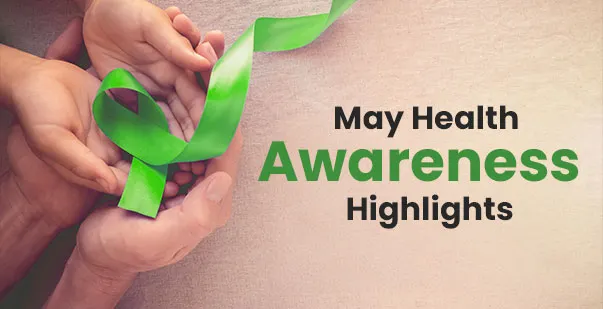Adventure sports are fun as long as everyone stays safe. Bungee jumping is a thrilling activity that people of all ages can enjoy. However, like any other activity, it comes with some risks. Hence bungee jumpers must know the risks and and take life-saving courses like first-aid and CPR. This activity is fast gaining popularity, and there is a significant demand for more trainers. This blog looks at understanding the different types of adventure sports. You will also learn about the medical emergencies in bungee jumping and the first aid they should know.
What are the various adventure sports that can give you an adrenaline rush?
Here are some of the most popular adventure sports that can give you an adrenaline rush:
- Skydiving: This is the ultimate adrenaline rush as you freefall from thousands of feet in the air.
- Bungee Jumping: This sport is another great way to get your heart racing as you jump off a high platform attached to a long elastic cord.
- Rock Climbing: This is a challenging but rewarding sport, as you scale sheer cliffs using ropes and your strength.
- Mountain Biking: This is a great way to get the adrenaline pumping as you race down trails on a mountain bike.
- Surfing: This sport is fun and exhilarating as you ride waves on a surfboard.
- Paragliding: This is a peaceful but thrilling experience as you soar under a paraglider.
- Scuba Diving: If you love to explore the underwater world, this sport is for you.
Which medical emergencies can a bungee jumper face?
Bungee jumpers have a harness and ropes tied, but a few medical emergencies can occur. These include:
- Anxiety: Some people may experience anxiety before or during a bungee jump. It is a normal reaction that usually disappears once the jump is over. However, if anxiety is severe, it can lead to panic attacks or other medical problems.
- Head Injuries: If the bungee jumper hits their head during the jump, they could sustain a head injury. It is more likely to happen if the bungee jumper falls from a high height or if they land incorrectly.
- Neck Injuries: The sudden stop at the end of the jump can put a lot of stress on the neck. It can lead to neck pain, muscle spasms, or spinal cord injuries.
- Heart Problems: Bungee jumping can put a strain on the heart. It is especially true for people with heart conditions. If a person with a heart condition experiences chest pain or other symptoms during a bungee jump, they should seek medical attention immediately.
- Altitude Sickness: If the bungee jump occurs at a high altitude, the jumper could experience altitude sickness. It can cause headaches, dizziness, and nausea.
Details about first aid for this sport
Bungee jumping is relatively safe, but a few medical emergencies can occur. If you are considering bungee jumping, it is vital to be aware of these medical emergencies and to know how to provide first aid. Here are some first aid skills that you may need to know for bungee jumping:
- Check For A Head Injury: If the bungee jumper hits their head during the jump, they could sustain a head injury. To check for a head injury, look for any signs of bleeding, bruising, or swelling.
- Treat A Neck Injury: The sudden stop at the end of the jump can cause a pull in the neck. It can lead to neck pain, muscle spasms, or spinal cord injuries.
- Treat Heart Problems: If a person with a heart condition experiences chest pain or other symptoms during a bungee jump, they should seek medical attention immediately.
- Treat Altitude Sickness: If the bungee jump occurs at a high altitude, the jumper could experience altitude sickness. You must know how to administer first aid for headaches, dizziness, and nausea.
Career Demand
The career demand for a first-aid certified bungee trainer is increasing. Bungee jumping is a popular adventure activity, and there is a growing demand for qualified trainers. Bungee trainers need to be certified in first aid and CPR. They also need to be familiar with the safety procedures for bungee jumping.
The job outlook for bungee trainers is good. It is projected that the employment of amusement and recreation attendants, which includes bungee trainers, will grow almost 20 percent from 2020 to 2030.
Conclusion
Please note that these sports can be dangerous, so taking safety precautions and being aware of your limits is essential. It’s also important to be adequately trained and certified before participating in these sports. The emergencies in bungee jumping are unforeseen and need immediate medical help. The American HealthCare Academy offers affordable first-aid courses. You can learn about various life-saving skills from this online platform and create a demand for yourself in the adventure sports market.









